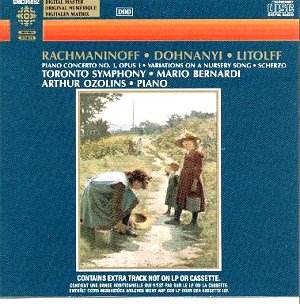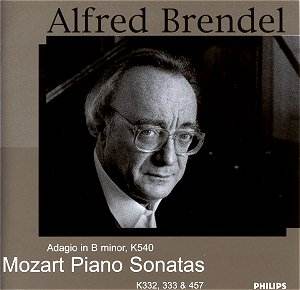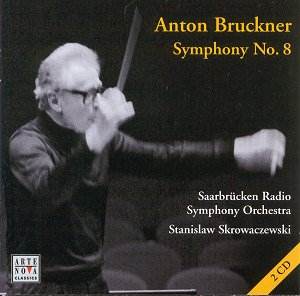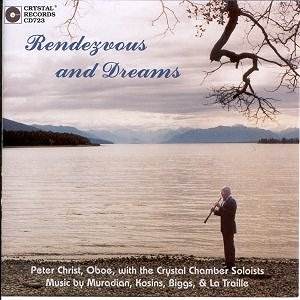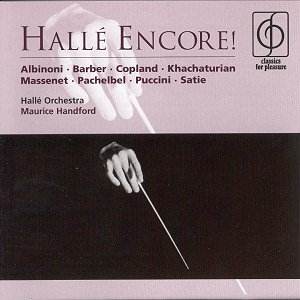 Composer: Halle
Composer: Halle
Works: Aaron Copland – Fanfare for the Common Man; Aram Khachaturian – Spartacus: Adagio; Charles Gounod – Mors et Vita: Judex; Hamish MacCunn – Land of the Mountain and Flood, op. 3; Giacomo Puccini – Manon Lescaut: Intermezzo; Pietro Mascagni – Cavalleria Rusticana: Intermezzo; Erik Satie, orch. Claude Debussy – Gymnopédies: 1, 3; Jules Massenet – Thaïs: Meditation; Remo Giazotto – Adagio in g minor on two thematic hints and a figured bass by Albinoni; Johann Pachelbel, ed. Seiffert – Canon; Trad. Welsh, arr. George Weldon – Suo gan; Samuel Barber – Adagio for Strings, op. 11
Performers: Hallé Orchestra, Maurice Handford (conductor)
Recording: Free Trade Hall, Manchester, June 1979, May 1980
Label: EMI
The Hallé Orchestra’s latest release, featuring conductor Maurice Handford, presents a thoughtfully curated selection of beloved orchestral works, many of which evoke rich historical and cultural contexts. This collection, while largely comprised of slower, lyrical pieces, offers a glimpse into the artistry of Handford, a musician who, despite being overshadowed by more prominent contemporaries, demonstrates a commendable command of orchestral color and emotional nuance. As Manchester’s own Hallé Orchestra, historically steeped in the legacy of Sir John Barbirolli, brings these selections to life, listeners are invited into a sound world that is both nostalgic and vibrant.
The recording opens with Aaron Copland’s “Fanfare for the Common Man,” where Handford sets an appropriately bold yet unpretentious tone, capturing the fanfare’s essence without excessive bombast. The brass section is crisp and pronounced, allowing the thematic material to soar with clarity. This is followed by Khachaturian’s “Adagio” from “Spartacus,” where Handford’s interpretation leans into the work’s lyrical beauty, eschewing the more exaggerated romanticism often associated with this piece. The string ensemble’s playing exhibits a warm, rounded quality, effectively conveying the emotive weight of Khachaturian’s melodic lines.
Handford’s choices in Gounod’s “Judex” reveal an acute sensitivity to the piece’s dramatic undercurrents. The Hallé’s strings, though not boasting the precision of a dedicated soloist, offer an engaging account that resonates with the audience, particularly in the climactic moments. Similarly, Massenet’s “Meditation” is rendered with heartfelt expressiveness, though one notes that the first violinist, Martin Milner, while charming, occasionally struggles with intonation. This slight imperfection, however, does not detract from the overall emotional impact of the performance.
The inclusion of Giazotto’s “Adagio,” frequently misattributed to Albinoni, highlights Handford’s ability to navigate the delicate balance of sentimentality and sincerity. The orchestral texture is rich yet transparent, allowing each phrase to unfold with an organic quality. Handford’s pacing here is particularly commendable, as it avoids the pitfalls of excessive rubato that can plague many interpretations. The same can be said for Satie’s “Gymnopédies,” where the conductor’s cool, restrained approach allows for the ethereal nature of the work to resonate deeply.
Recording quality is notably clear, capturing the distinctive timbres of the Hallé Orchestra while maintaining a sense of warmth and depth. The engineering, despite the passage of time since these performances were captured, reveals a vivid soundscape that brings out the nuances in dynamics and instrumental interplay. This clarity stands in contrast to many modern recordings that often prioritize an overly polished sound at the expense of expressive authenticity.
While comparisons to other notable recordings are inevitable, Handford’s interpretations hold their own charm. His reading of MacCunn’s “Land of the Mountain and Flood” may lack the vigorous energy found in Sir Alexander Gibson’s celebrated recording, yet it retains a certain vitality that speaks to the piece’s inherent romanticism. Furthermore, the inclusion of traditional works like “Suo gan” serves as a touching homage to the late conductor George Weldon, enriching the local and cultural narrative of the performance.
This album not only serves as a tribute to Maurice Handford’s contributions but also invites listeners to appreciate the artistry of the Hallé Orchestra in a historical context. For those who seek both nostalgia and musical enjoyment, this collection offers a rewarding experience that extends beyond mere historical documentation. The Hallé’s performances, imbued with genuine affection and artistry, stand as a testament to the enduring power of orchestral music.
